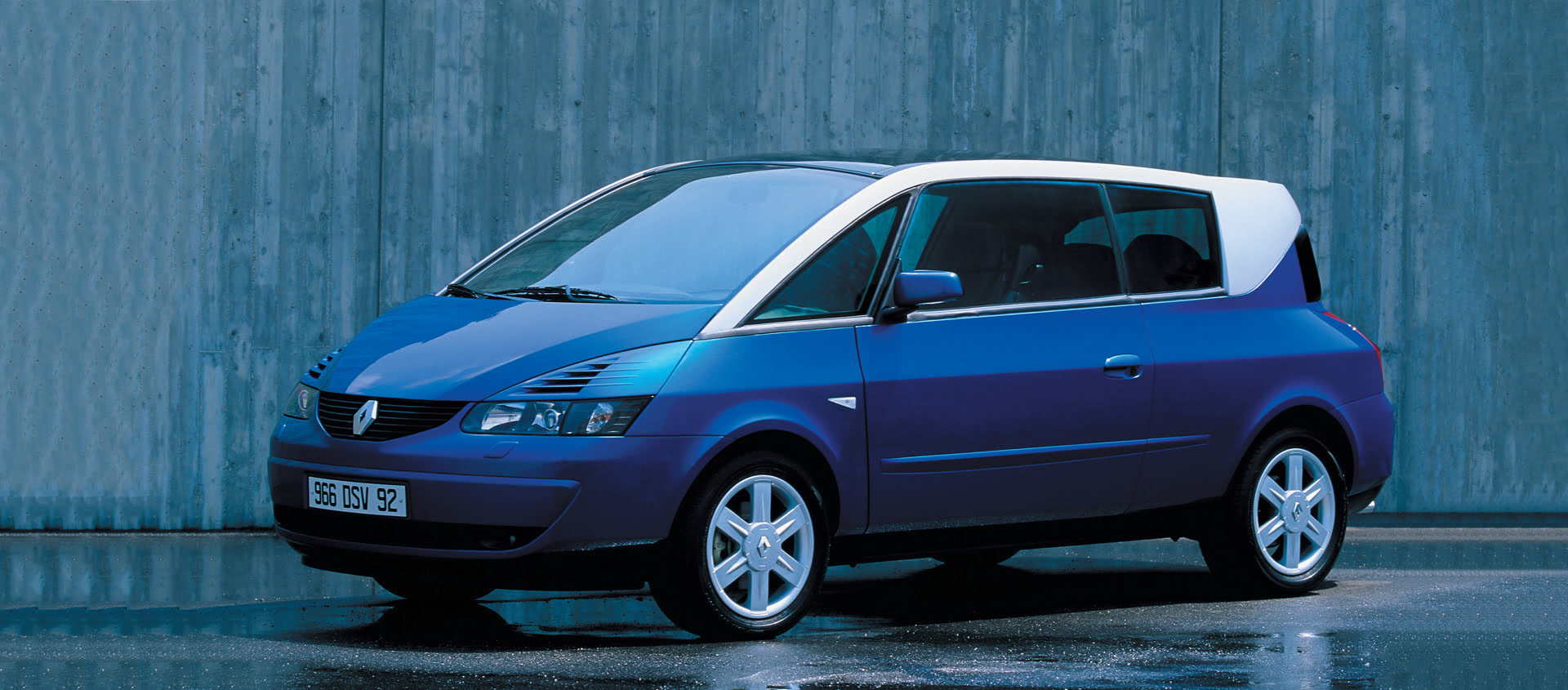The incredible story of two Montreals
16 June 2020 1 min read 4 images

It’s tough being an artist in the car world. Whereas traditional artists have the freedom to take their brushes and produce whatever they like on their canvas, the artist/car designer has to try and find ways of avoiding, or getting round, various constraints that may be imposed on him — constraints deriving from the technological requirements of the car he has been asked to “create”, the various laws and regulations in force, various marketing considerations, and, no less important, the tastes of the client company’s management. While this situation is just about acceptable for a regular designer, for a true artist like Marcello Gandini it can be a source of real frustration. We need only recall his memorable rejoinder to Chrysler president and CEO Lee Iacocca after the latter, having taken over Lamborghini and found Gandini’s Diablo, an innovative creative masterpiece, practically complete, decided he wanted the Chrysler style center to put its stamp on the car.
Register to unlock this article
Signing up is free and gives you access to hundreds of articles and additional benefits. See what’s included in your free membership. See what's included in your free membership.
Already have an account? Log In



